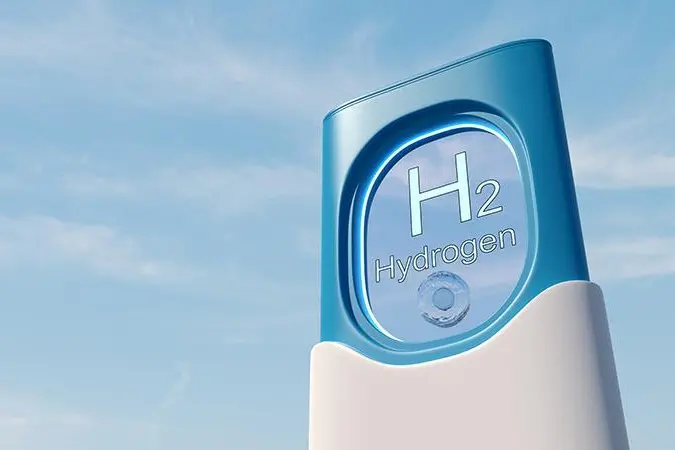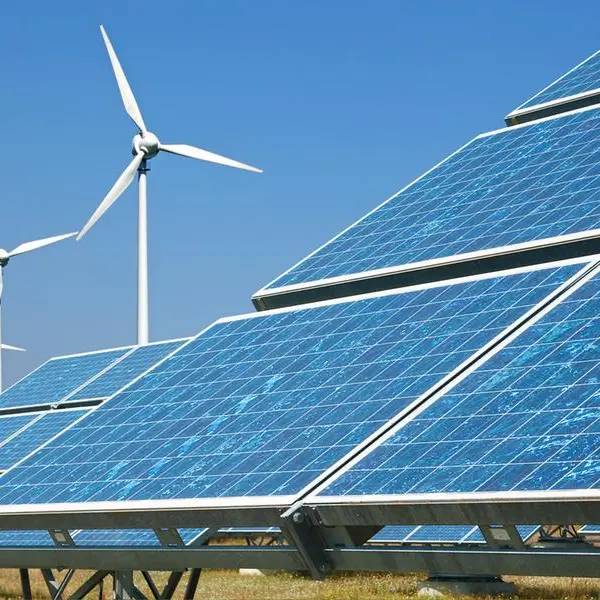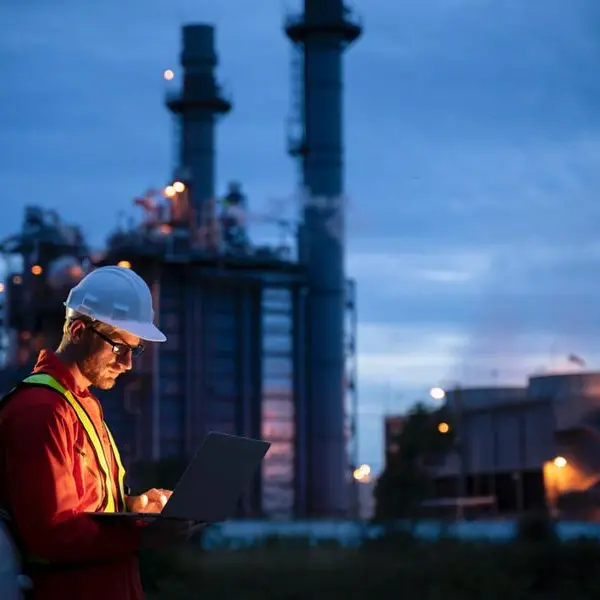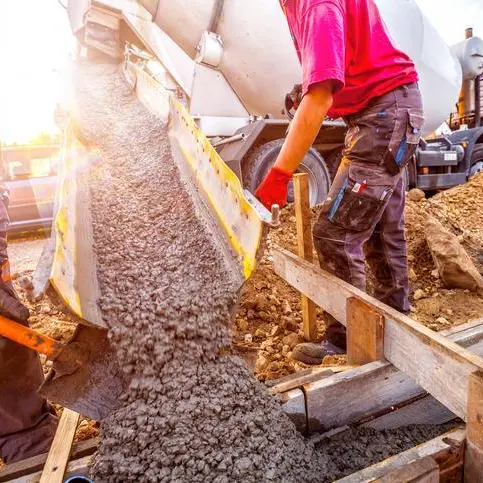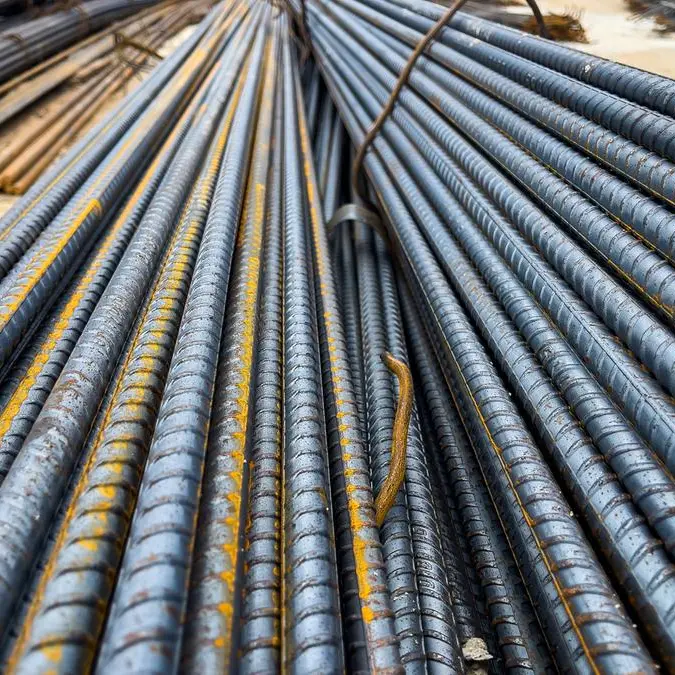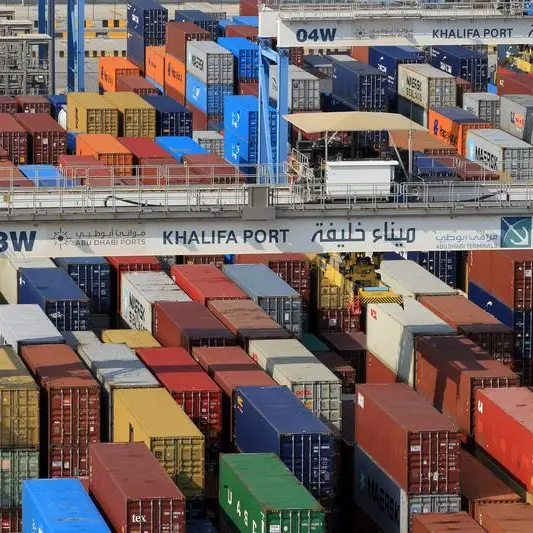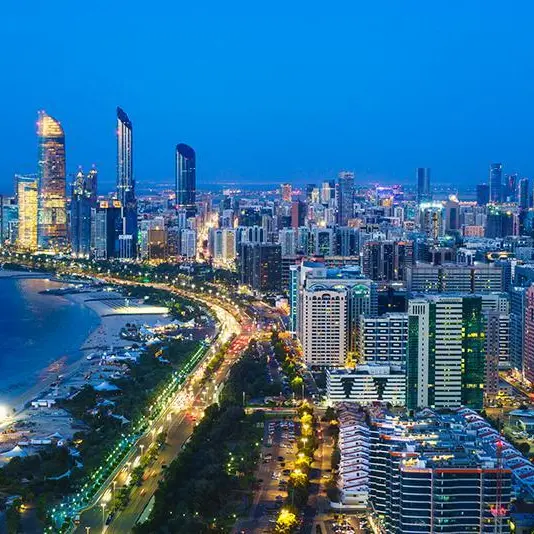PHOTO
The consumption of hydrogen by G7 countries is likely to grow between four and seven times by 2050 as they can be the front runners in low carbon and green hydrogen deployment, the International Renewable Energy Agency (IRENA) said in a new report.
The report, ‘Accelerating Hydrogen Deployment in G7: Recommendations for the Hydrogen Action Pact,’ issued at the COP27 in Sharm El-Sheikh, found the G7 offered some of the most favourable conditions such as access to capital, presence of heavy industry, availability of renewable sources, existing local green hydrogen industry and technical know-how.
The commitment by G7 to reach net zero emissions by 2050 requires a significant deployment of green hydrogen, the agency said, adding this centre-stages the decarbonisation of end uses and hard-to-abate sectors like chemical production, steelmaking, long-haul aviation and shipping.
Moreover, continuously low renewable power costs have made green hydrogen an attractive, if not the only, decarbonisation option.
IRENA’s Director-General Francesco La Camera said that G7 has a sizeable economic footprint, accounting for 30 percent of global energy demand.
“Through joint action and focused collaboration, it can be a first mover and determine the conditions of a future hydrogen market in line with the Hydrogen Action Pact,” La Camera noted.
While G7 has the potential to consume around 28 percent of global hydrogen, the aggregated hydrogen demand for G7 members was about 24.2 million tonnes of hydrogen in 2020, mostly from fossil fuels. The United States was the largest consumer in G7, closely followed by the European Union.
The Middle East has a huge potential to meet G7 demand with the region attracting 15 percent of the global hydrogen infrastructure investments of $24 billion announced through 2030, the third largest globally, according to a September 2022 Zawya Projects report. In 2022, some 680 large-scale hydrogen project proposals, equivalent to $240 billion in direct investment through 2030, have been put forward – an investment increase of 50 percent since November 2021.
(Writing by P Deol; Editing by Anoop Menon)
